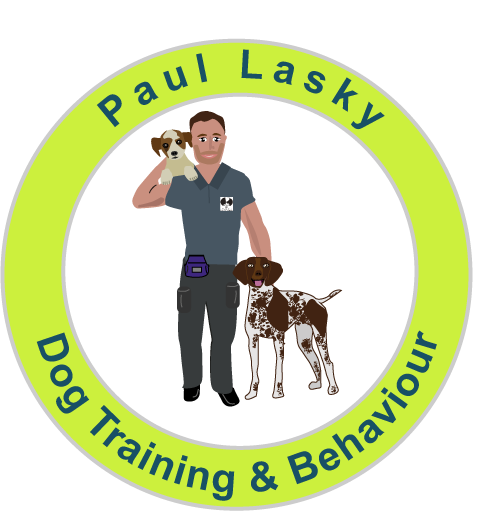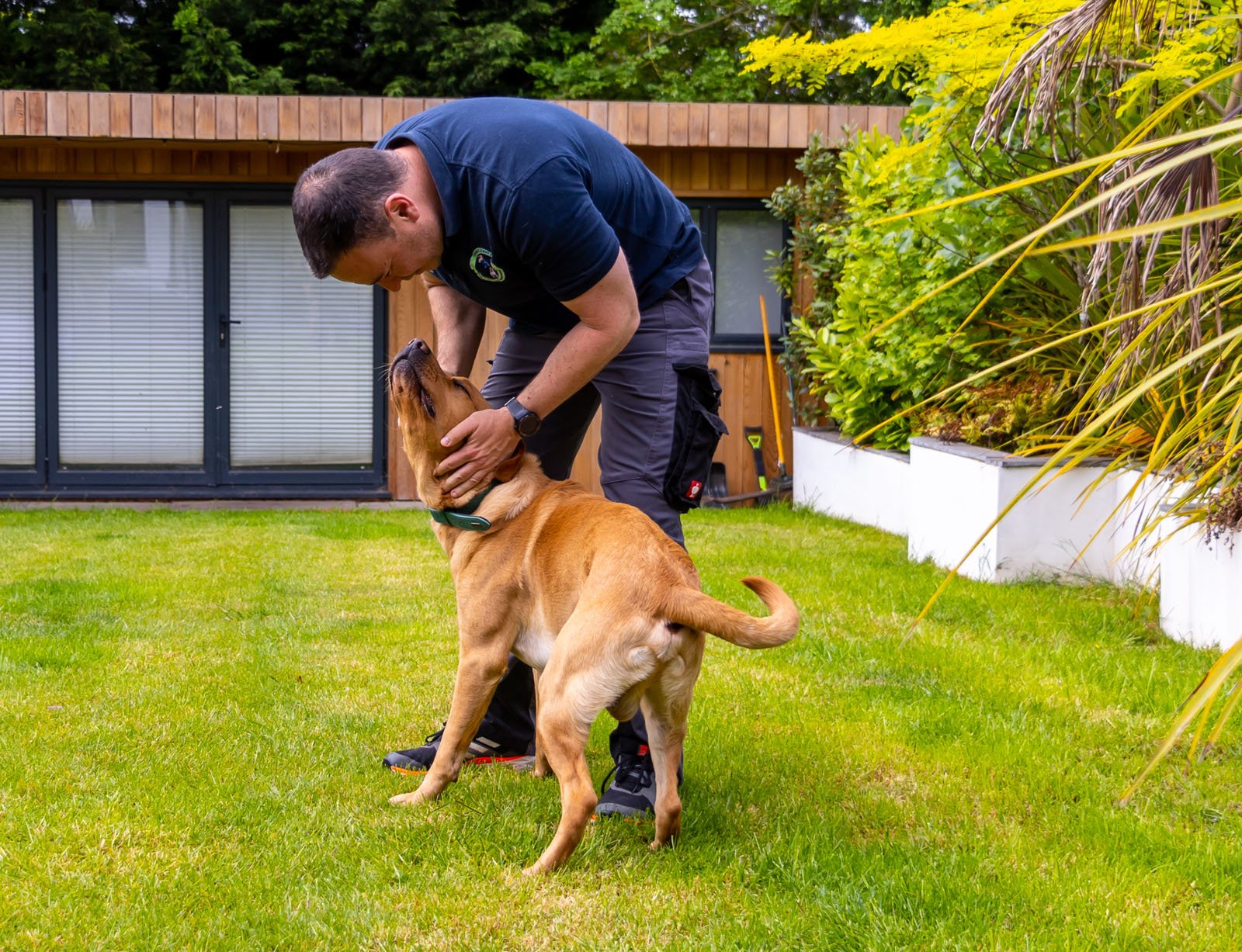How many times have I been bitten?
OK, so this is a bit of a provocative title. Maybe it conjures up images of a hero dog trainer bitten many times on the way to being a superstar. The actual fact of the matter is, I have been bitten hardly at all and am very proud of it.
It is not through lack of opportunity or avoiding "aggressive dogs". It is because I can read dog’s body language enough to know when they are going to bite before they have done it. Preferably, long before they have done it. In the absolute vast majority of cases, reading lower level body language, getting to know the dog and it's people and then combining it with the dogs behavioural and medical history gives the information needed to understand the triggers without needing to incite the dog to bite. This also spares the dog and owners another distressing negative experience or the dog the opportunity to further practice biting.
I can hear you all dying to ask, when have you been bitten? To answer this briefly and categorically, I have been bitten when I have made a bad mistake. For my only serious bite you have to go back 7 years to my first year at Dogs Trust. I made the mistake of playing football near a dog that had been kicked in a previous home. This was an outright mistake and I did not purposely incite the dog; I had the information already on his file that he had been kicked and abused. This mistake which saw me end up at the hospital, carried forward important lessons into my diligence processes to this day.
Before I meet any dog, I will read the behavioural questionnaire information and decide on the best way to act round the given dog. No detail left unchecked. I will then liaise with the owners and decide on a specific entrance plan for that dog and house layout.
Since that bite, there have been no other notable bites. Lesser bites have mainly been frustrated redirections in kennels and some air snaps. Even in those cases I have learnt what I could do better next time and did not intentionally incite the behaviour. I am proud to say away from kennel stress, working for myself in people’s homes, I have never been bitten and I have never had a dog fight.
I can hear the devil’s advocate in you asking…
But if you have never been bitten in a behaviour case surely you must be avoiding the issue or surely you need to see the dog biting to know how to fix it or how bad it is? The answer is categorically no to all questions.
How can this be so?
Very simply, through good management and introduction routines. The fact is there is usually an introduction routine acceptable to most pet dogs, even the most nervous or guarded. Most introductions will firstly be done on lead, a lot of the time I will already be sitting down and the dog is brought into the room on lead, if appropriate high value food will be given to the dog by the owner, or I may myself throw food away from myself to the dog whilst it is still on lead with the owner. If this doesn’t work, we will go for a walk, low pressure, with me walking ahead so the dog can see me and smell me, sometimes I will drop high value treats as I go.
By the end of the 2-hour session the dog has usually befriended me or at least relaxed. Then the owner has a positive road map of how to introduce their dog to other people. As much as it sounds counter intuitive and as much as if feels like "the trainer needs to see the dog bite" to fix it. We really don’t! If previous bites were unfortunately severe enough there would be pictures of the wounds and I would look at them and factor this into the risk assessment.
What the owners need is to see their dog at its best so they have a way to move forward. If your dog has aggression to people issues, it is often highly manageable and improvable over time with the right protocols alluded to above. A lot of these protocols carry over to dog on dog interactions too. Please contact me to discuss, safe in the knowledge, I will come over and be on you and your dogs side, with the main aim of showing you how to show your dog in their best light, long term.
If you are worried about your dog, please go to my services pages. Either for 1-1 behaviour training or Walk in the Park reactive dog programme, I look forward to helping you. Send questions via text or WhatsApp and I will always respond within a day or two maximum.



